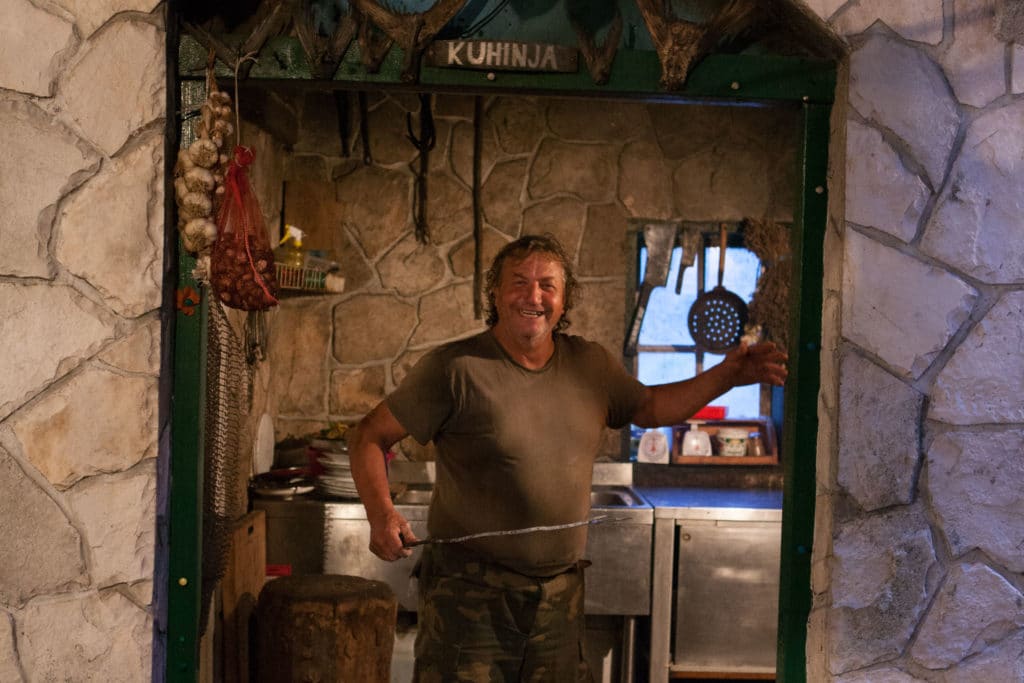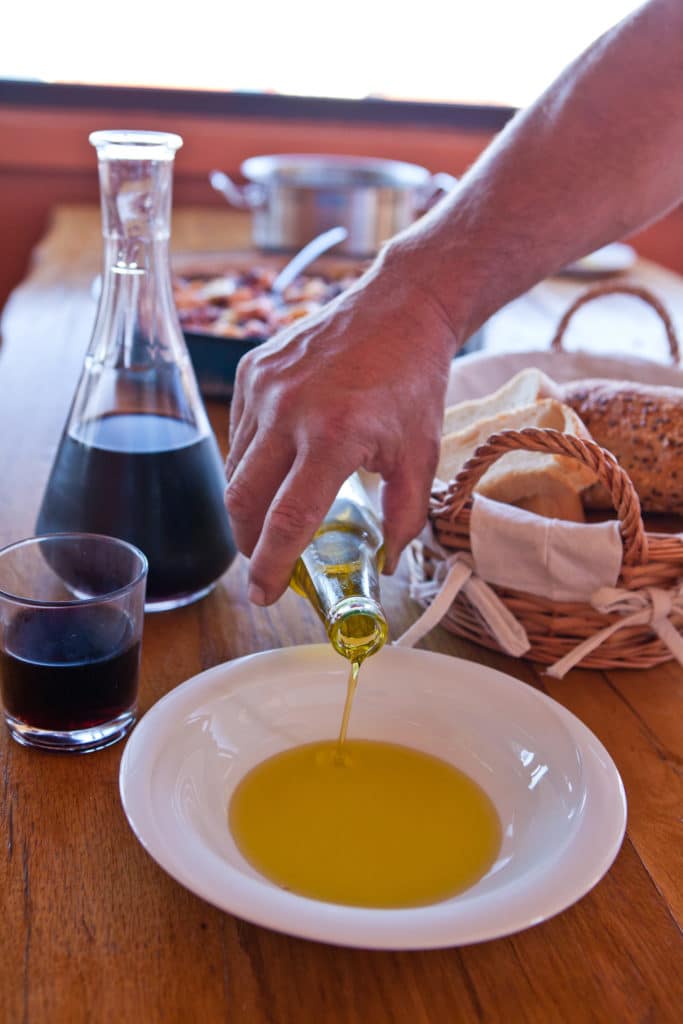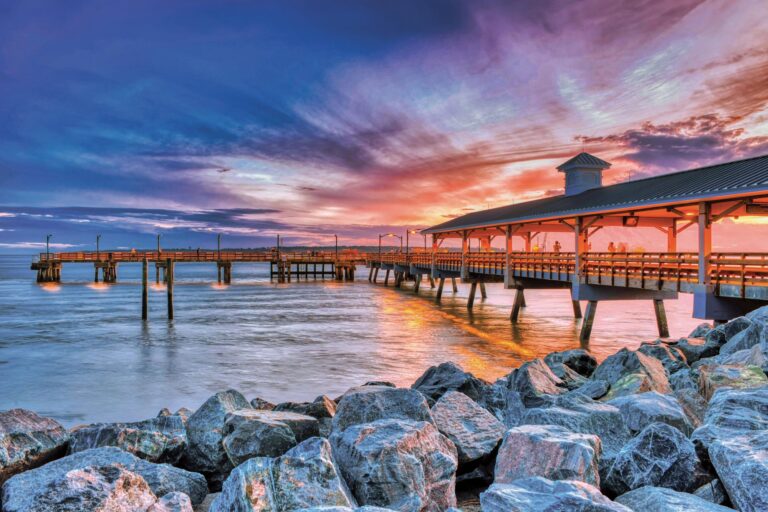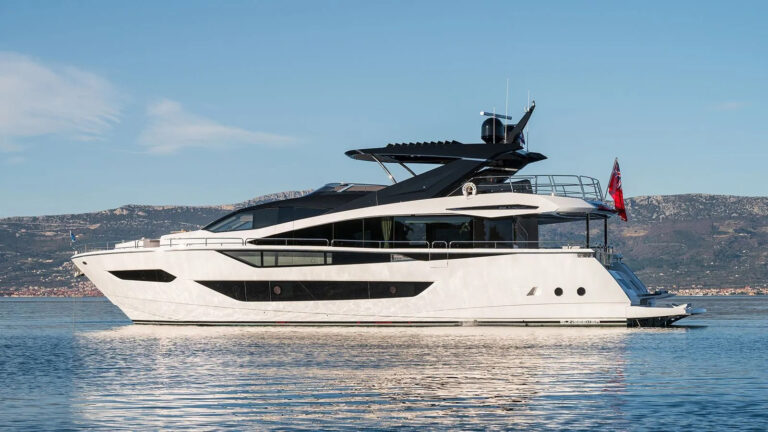
Word of mouth is the only marketing tool used on this tiny island 10 nautical miles from the megayacht hub of Hvar. When a friend tells me I should eat dinner on Vis with a man known only as “Darko,” directions are understandably vague. Off the narrow main road and swallowed by vines, Darko’s restaurant is also the old home where he grew up. The stone and mortar blend into the surroundings so perfectly that I pass it four times on the way from the ferry landing. Inside, Darko is willing, if not ready, to cook.
There is no telling from night to night if someone will show up for dinner. Sometimes there is no one, and sometimes there are 20 people. It doesn’t matter. If you come, I cook.
You are looking at the staff. Host. Waiter. Chef. Dishwasher. I do it all. It’s the way things are done on Vis. If you spend the night off the boat and here on the island, it will be in an old home like this — Vis has no resorts.
Good food cannot be rushed. My menu is straightforward: fish or stew. The recipes have been in my family many years. The food has always been cooked in this kitchen, served with lots of homemade wine. I have no reason to change that.
Would you like to meet my goat? [Darko asks this after serving a goat-cheese appetizer.] At night, I cook. During the day, I take care of my animals and tend to my orchards. Whatever you eat comes from what you see out here.
Oh, do you hear that? It’s my donkey.
Please, have more fish goulash. Stay as long as you like. Enjoy.
Croatia in 3 Steps
1. MOORING OPTIONS
Croatia consists of more than 1,000 islands, but only a few of them are yacht-friendly. For such a small island, Vis (36 square miles) has a number of deepwater bays, including the one at Komiza (near right), which is protected from winds out of the north and east.
2. UNSUNG ISLAND
Vis has been largely free of tourism thanks to the island’s history as a naval base for the Yugoslav People’s Army until 1991.
3. NATIVE OLIVE OIL
The terrain is rough, but the climate is exactly what olive trees need. They’ve grown for thousands of years here, often in random spots where roots can take hold. It’s common to see octogenarians on ladders picking the fruit to be pressed into some of the world’s best oil.









